A New View in Art: Q. Wang and Freeism
Q. Wang has pioneered a new style of art called Freeism, an expressive, imaginative way of painting that defies traditional methods. His paintings are abstract and lack details, but they still evoke emotion and spirit in the viewer. By exploring themes of freedom and imagination, Q. Wang has opened up a new world of possibilities in art. Join us in exploring Q. Wang’s work and the unique style of art he has created with his Freeism style.
Freeism is an art style that goes against the grain of traditional techniques, focusing on creativity, freedom, and imagination.
With Freeism, Q. Wang takes risks, using abstract forms, vibrant colors, and unique perspectives. His style is about capturing emotions and feelings rather than creating a perfect image. This style creates a more fluid and dynamic space, which gives viewers more room for interpretation and emotional connection.
Q. Wang seeks to create a “New View.” He has achieved this by throwing off the shackles of traditional art styles, creating a fresh perspective and artistic approach. Through this style, he has created an unusual atmosphere that encourages viewers to explore their imagination and connect with their inner emotions.
One of the most fascinating aspects of Q. Wang’s Freeism style is his ability to capture the intangible: spirit. In his paintings, he can express emotions, ideas, and sensations that cannot be seen or described through traditional art techniques. Instead, he allows the brush to flow freely, guided by the moment’s emotion.
The result is a painting that captures a mood and creates an atmosphere. Q. Wang’s paintings are more than just visual representations; they express energy, spirit, and emotion. The viewer is invited to enter the image and connect with the intangible.
Through Freeism, Q. Wang has created a space of imagination beyond the physical world. By tapping into the universal human experience, he allows the viewer to feel and connect on a deeper level. It is a unique and refreshing approach to art that breaks free from the constraints of tradition and encourages us to see the world through a new lens.
When you look at Q. Wang’s paintings, you may not see the intricate details of a subject matter, but you can feel their presence. You can sense their emotion, their energy, and their aura. This is the beauty of Freeism.
Q. Wang believes that details are not necessary to create a powerful painting. Instead, he focuses on the big picture and the feelings it evokes. He wants to create a free space for imagination. This approach frees him as an artist and gives the viewers a chance to explore their creativity and feelings.
Through Freeism, Q. Wang’s characters take on a life of their own. Traditional artistic techniques and rules do not constrain them. Instead, they are allowed to exist in their own realm, inviting us to participate in their world.
In summary, Freeism is about breaking away from traditional painting techniques and capturing the essence of a character or subject matter without detailing it. Q. Wang’s ability to create characters without details is a testament to his artistic skill and dedication to a new form of expression.

Viviana Puello
Editor-in-Chief

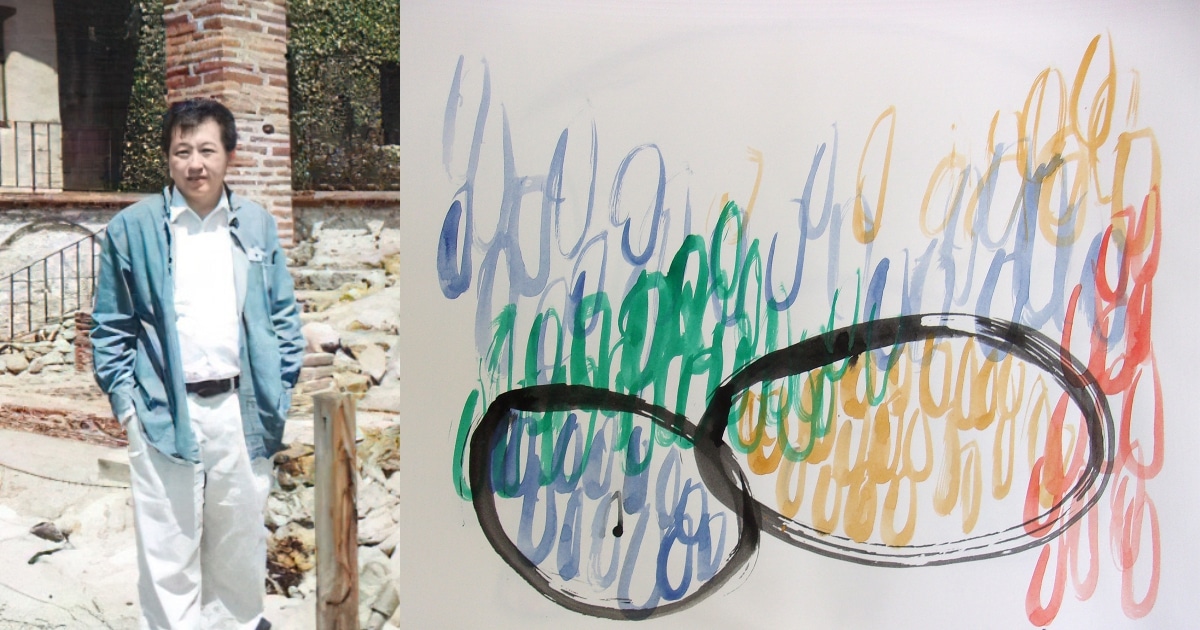
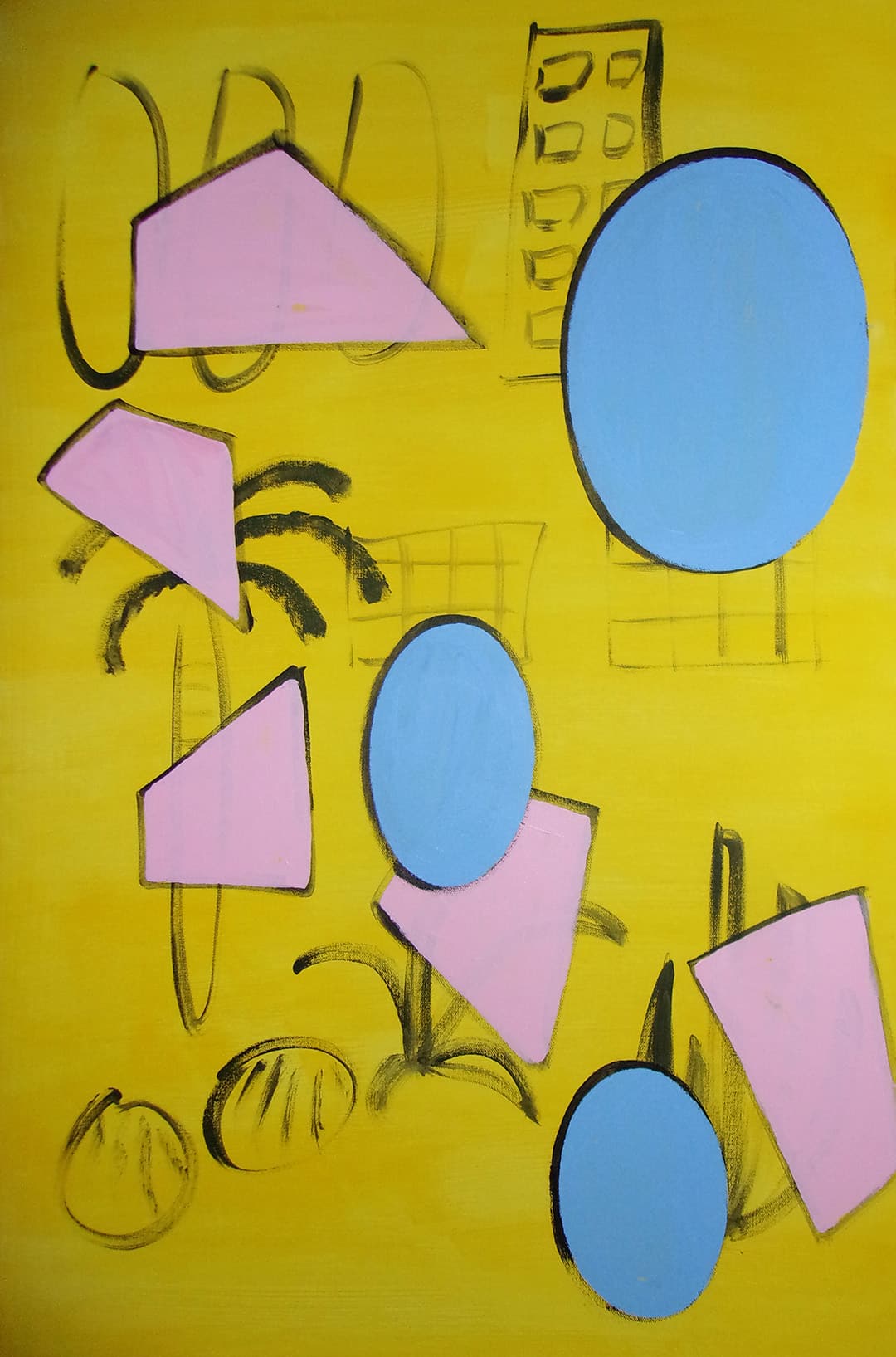
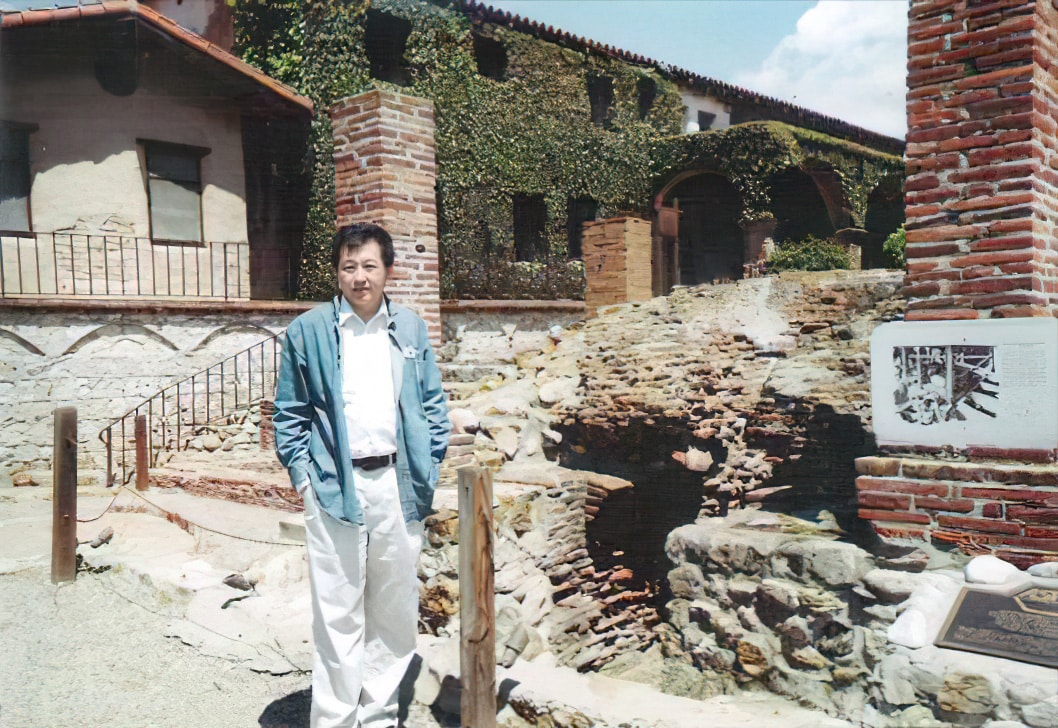
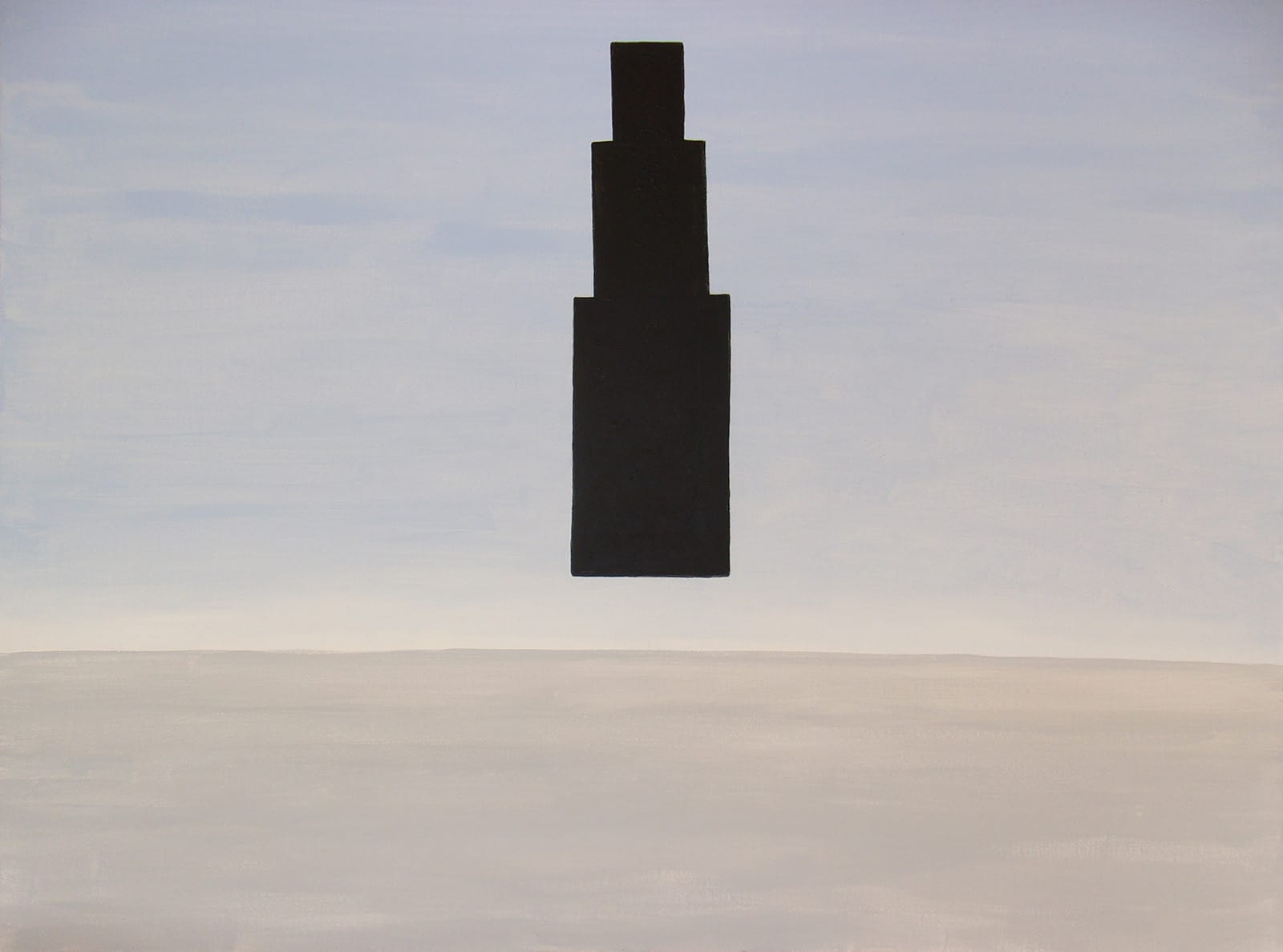
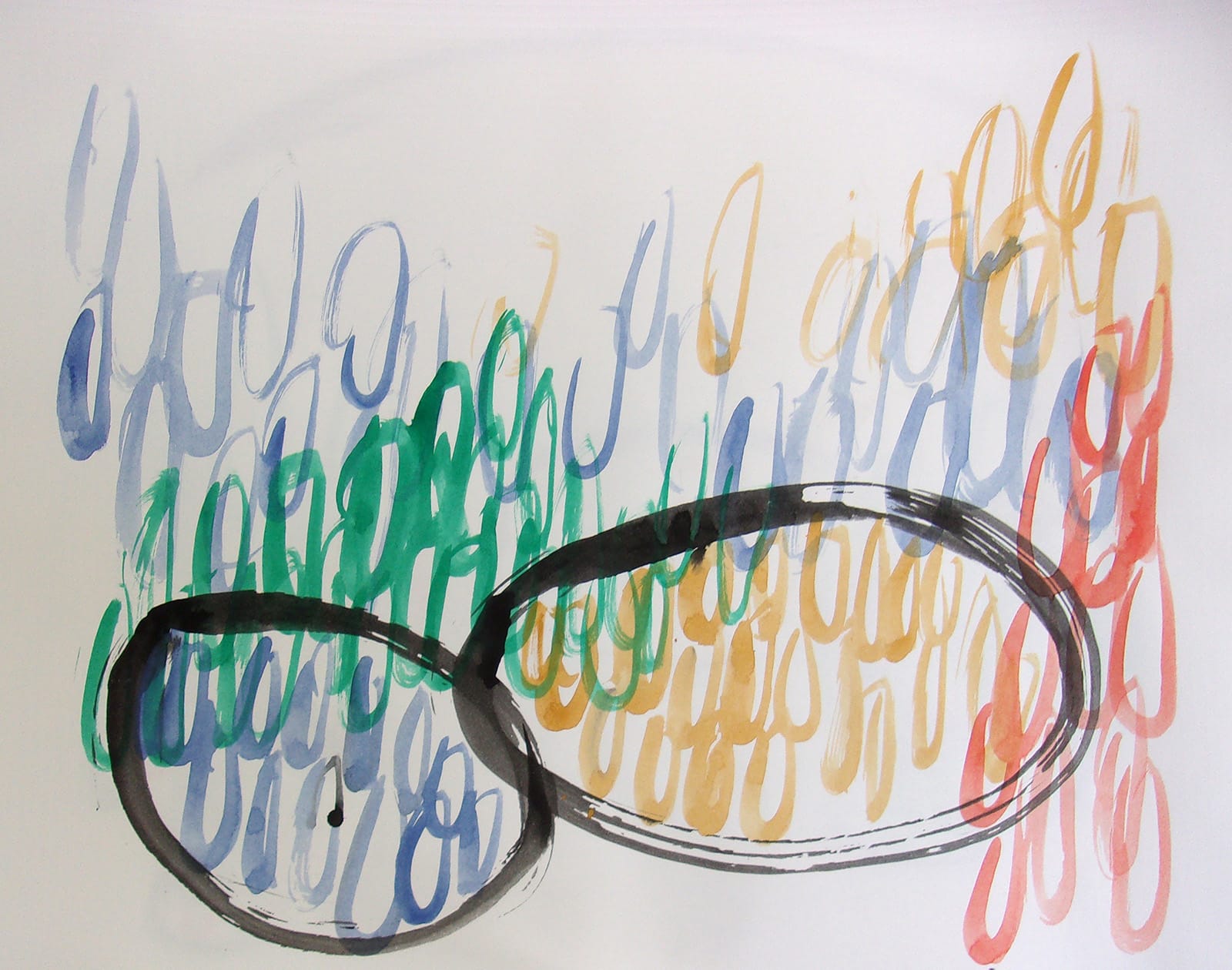







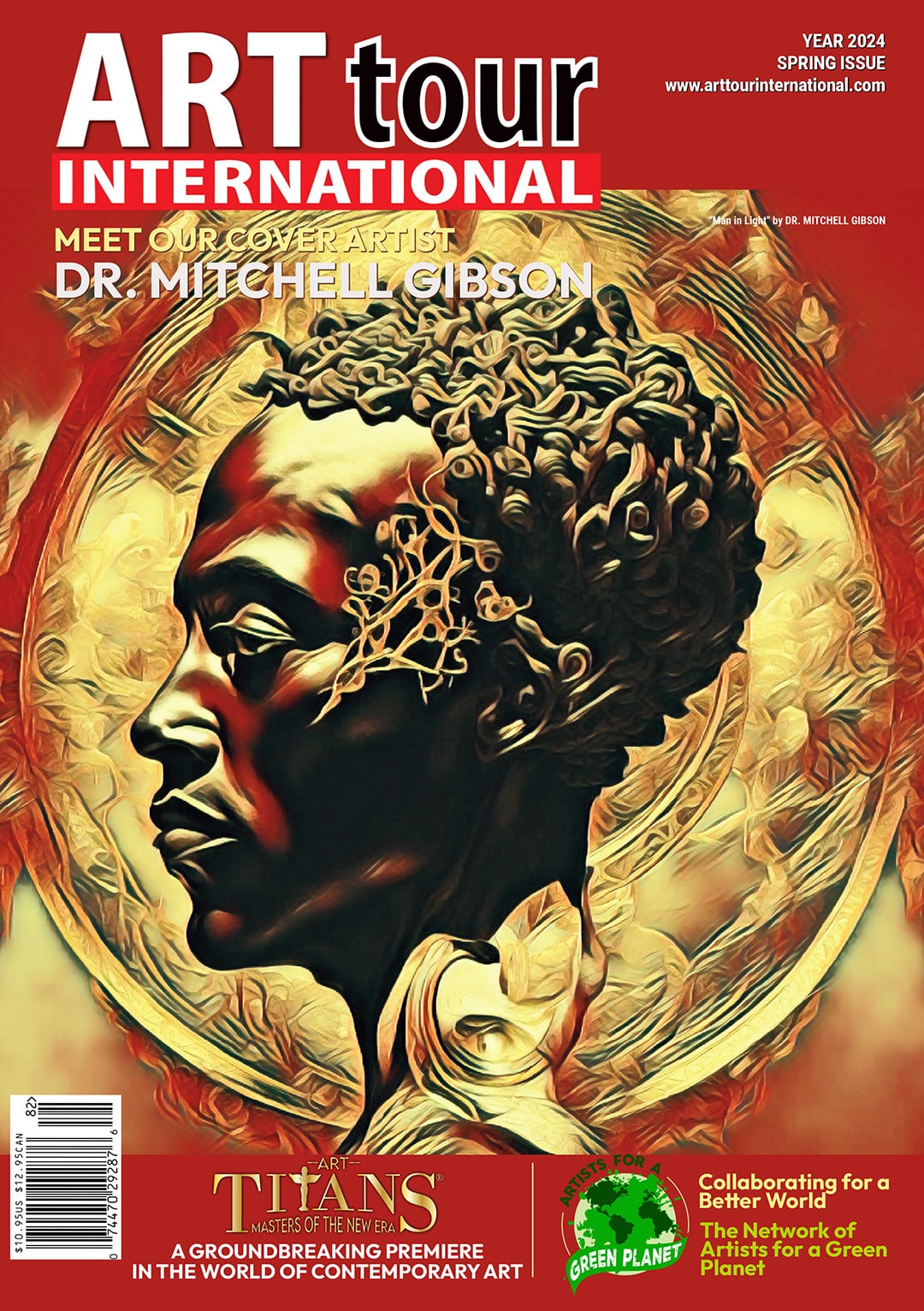






0 Comments